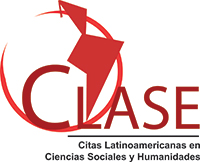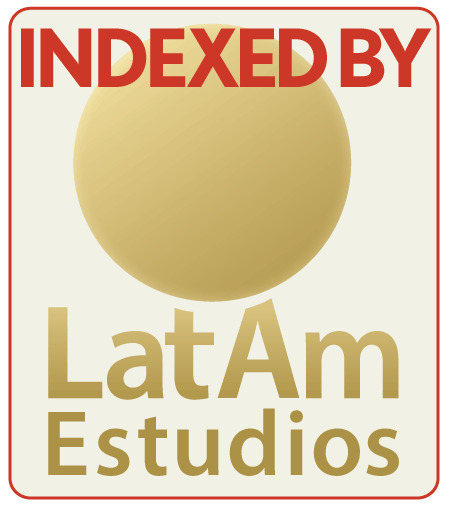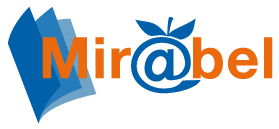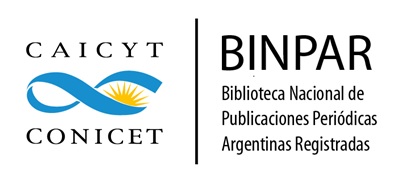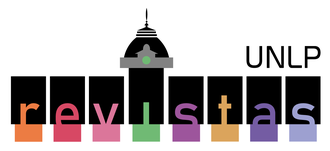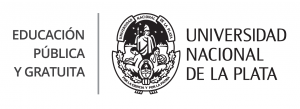Algunos usos del meme en internet
DOI:
https://doi.org/10.24215/23139048e076Palabras clave:
memes, retórica, multimodalidad, discursoResumen
El presente artículo no busca ser una muestra representativa del fenómeno de los memes en internet. Sin embargo, nos proponemos indagar en la utilización que hacen los usuarios de ciertos memes en redes sociales. Para esto decidimos analizar algunos ejemplos a la luz de la teoría multimodal y la narrativa, con el fin de poder dilucidar las estrategias argumentativas y retoricas que utilizan los sujetos a la hora de producir y utilizar los memes en redes.
Descargas
Citas
Alonso Enguita, A.A. (2018). El meme en su temporalidad. Ekisia: revista de filosofía, 82, 161-177. https://www.revistadefilosofia.org/82-06.pdf
Berlanga Fernández, I., Victoria Mas, J. S. y Alberich Pascual, J. (2016). Facebook y la metáfora. La comunicación retórica en las redes sociales digitales. Signa. Revista de la Asociación Española de Semiótica, 25, 413-431. https://doi.org/10.5944/signa.vol25.2016.16945
Blackmore, S. (1999). La máquina de los memes. Paidós.
Briggs, A. y Burke, P. (2002). De Gutenberg a internet: una historia social de los medios de comunicación. Taurus.
Charaudeau, P. (2005). Un análisis semiolingüístico del discurso. Polifonía, 5(6), 9-28. http://www.patrick-charaudeau.com/Un-analisis-semiolinguistico-del.html
Cunha Recuero, R. (2007). Memes en weblogs: proposta de uma taxonomia. Revista FAMECOS, 32, 23-31. https://www.academia.edu/483126/Memes_em_weblogs_proposta_de_uma_taxonomia
Dawkins, R. [1976] (2018). El gen egoísta: las bases biológicas de nuestra conducta. Salvat.
Dennett, D. C. (1995). Darwin´s dangerous idea: evolution and the meaning of life. Penguin Books.
Genette, G. (1989). Palimpsestos: la literatura en segundo grado. Taurus.
Kress, G., Leite-García, R. y van Leeuwen, T. (2001). Semiótica discursiva. En T. A. van Dijk (Comp.), El discurso como estructura y proceso (pp. 373-416). Gedisa.
Kress, G. y van Leeuwen, T. (2006). Reading images: the grammar of visual design. Routledge.
McCloud, S. (1995). Cómo se hace un cómic: el arte invisible. Ediciones B.
Ruiz Martínez, J. M. (2018). Una aproximación retórica a los memes de internet. Signa. Revista de la Asociación Española de Semiótica, 27, 995-1021. https://doi.org/10.5944/signa.vol27.2018.21856
Scolari, C. (2008). Hipermediaciones: elementos para una teoría de la comunicación digital interactiva. Gedisa.
Yus, F. (2001). Ciberpragmática: el uso del lenguaje en internet. Ariel.
Publicado
Cómo citar
Número
Sección
Licencia
Derechos de autor 2023 Cuadernos de H ideas

Esta obra está bajo una licencia internacional Creative Commons Atribución-NoComercial-CompartirIgual 4.0.
La aceptación de un original por parte de la revista implica la cesión no exclusiva de los derechos patrimoniales de los/as autores/as en favor del editor, quien permite la reutilización, luego de su edición (postprint), bajo una Licencia Creative Commons Atribución-NoComercial-CompartirIgual 4.0 Internacional (CC BY-NC-SA 4.0)
Acorde a estos términos, el material se puede compartir (copiar y redistribuir en cualquier medio o formato) y adaptar (remezclar, transformar y crear a partir del material otra obra), siempre que a) se cite la autoría y la fuente original de su publicación (revista y URL de la obra), b) no se use para fines comerciales y c) se mantengan los mismos términos de la licencia.
La cesión de derechos no exclusivos implica que luego de su edición (postprint) en Cuadernos de H ideas las/os autoras/es pueden publicar su trabajo en cualquier idioma, medio y formato; en tales casos, se solicita que se consigne que el material fue publicado originalmente en esta revista.
Tal cesión supone, también, la autorización de los/as autores/as para que el trabajo sea cosechado por SEDICI, el repositorio institucional de la Universidad Nacional de La Plata, y sea difundido en las bases de datos que el equipo editorial considere adecuadas para incrementar la visibilidad de la publicación y de sus autores/as.
Asimismo, la revista incentiva a las/os autoras/es para que luego de su publicación en Cuadernos de H ideas depositen sus producciones en otros repositorios institucionales y temáticos, bajo el principio de que ofrecer a la sociedad la producción científica y académica sin restricciones contribuye a un mayor intercambio del conocimiento global.





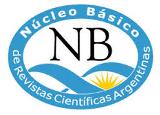
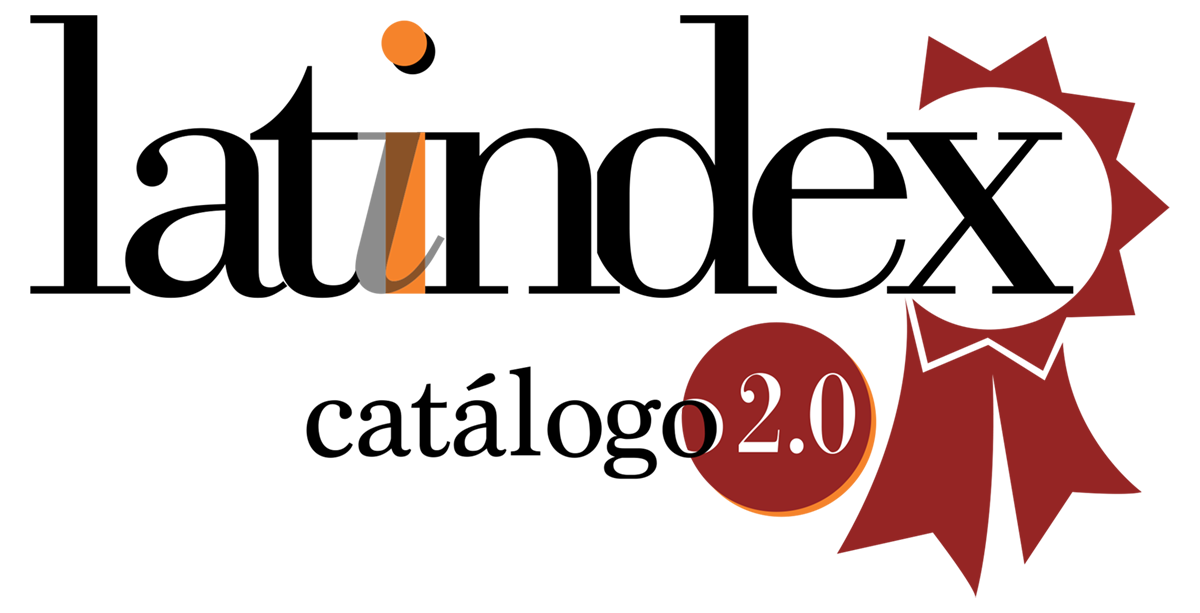



.png)

